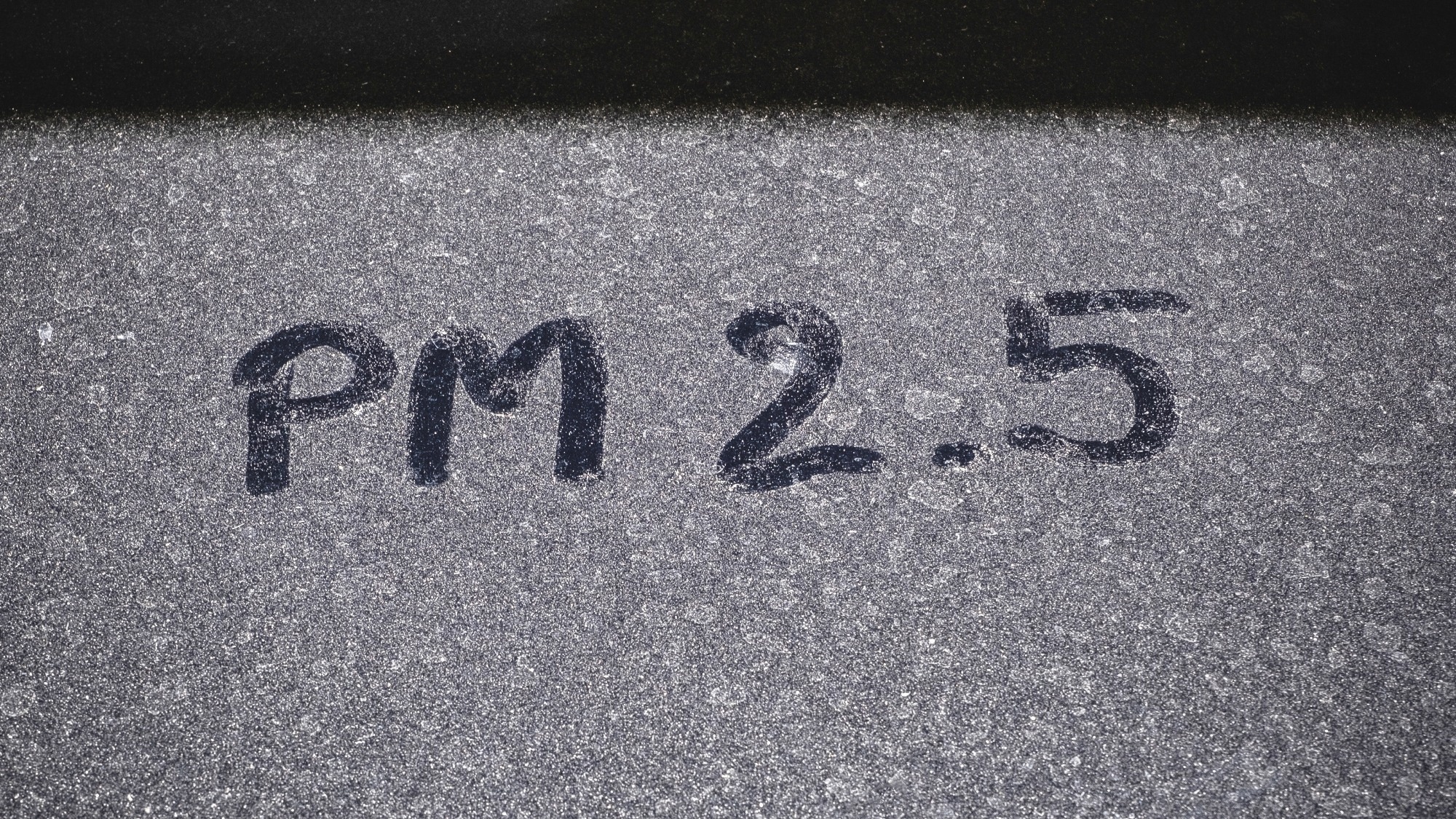Despite concerns over air pollution spikes, this decades-long Danish study finds that repeated PM2.5 peaks are not linked to increased cardiovascular risk, highlighting the greater importance of chronic exposure.
 The role of long-term PM2.5 peaks in cardiovascular risk: an AIRCARD substudy. Image Credit: winnond / Shutterstock
The role of long-term PM2.5 peaks in cardiovascular risk: an AIRCARD substudy. Image Credit: winnond / Shutterstock
In a recent study published in the Journal of Cardiology, researchers examined the relationship between exposure to peak levels of particulate matter less than 2.5 µm (PM2.5) and the incidence of major adverse cardiovascular events (MACEs).
Cardiovascular disease (CVD) is the leading cause of death worldwide, with air pollution being a modifiable risk factor. PM2.5 is particularly harmful as it can enter the bloodstream, aggravate existing cardiovascular conditions, and contribute to stroke and myocardial infarction. Recent data suggest that air pollution is now the second largest mortality risk factor.
Moreover, short-term exposure to excess PM2.5 can lead to adverse cardiovascular events, including hospitalization and death. While previous studies have focused on acute spikes in pollution or chronic accumulated exposure preceding a cardiovascular event, the impact of recurrent high pollution peaks is unclear.
About the study
The present study examined the relationship between peak PM2.5 exposures and MACE incidence. The study analyzed 26,723 males aged 65–74 from the Viborg Vascular (VIVA) and Danish Cardiovascular Screening (DANCAVAS) trials. It is important to note that the cohort included only older men from Denmark, which may limit how broadly the findings can be applied to other populations such as women, younger individuals, or people living in areas with much higher pollution. The team integrated individual-level data with national registries, which provided information on sociodemographics, diagnosis codes, hospitalizations, and mortality outcomes.
Next, the researchers modeled PM2.5 levels at participants' residential addresses between 1979 and 2019 using the Danish integrated air pollution modeling system. This system estimates air pollution levels by incorporating contributions from street-level pollution, regional background, and local background. The Danish Eulerian Hemispheric Model was used to model regional background, and the Urban Background Model was used to model local background.
The Operational Street Pollution Model was used to calculate street-level PM2.5. The modeling system provided hourly concentrations of PM2.5 for 1979–2019, which were aggregated into monthly mean levels. The PM2.5 peak was defined as the monthly average level at a residential address exceeding the long-term monthly mean of the population by over two standard deviations.
Further, road traffic noise was calculated at the most exposed side of the building and averaged across weekends and weekdays. The primary outcome was a composite MACE endpoint, including non-fatal stroke, acute myocardial infarction, cardiac revascularization, peripheral revascularization, and cardiovascular mortality. Cox proportional hazards models examined the associations between chronic PM2.5 peak exposures and MACEs.
Models were progressively adjusted to adjust for confounders. One model was adjusted for age and the year of inclusion. Another model was additionally adjusted for smoking status, body mass index (BMI), and family CVD history. The fully adjusted model also included noise exposure and socioeconomic factors (marital status and household wealth index). Because exposure was estimated at each person's residential address, the results may not fully account for time spent away from home, such as at work or while traveling, which could affect individual exposure levels.
Findings
In total, 26,723 individuals were enrolled. Baseline characteristics stratified by CVD event occurrence revealed that subjects who had a CVD event were slightly older and had a higher BMI than those who did not. Moreover, this group had a higher prevalence of type 2 diabetes mellitus, hypertension, and current smoking, as well as higher exposure to PM2.5 peaks.
The CVD event group also experienced a higher burden of conventional cardiovascular risk factors, with a higher minimum peak magnitude, median number of peaks, and average peak magnitude. The fully adjusted model revealed no significant increase in MACE risk associated with elevated PM2.5 peak exposure. Increments in the number of PM2.5 peaks minimally modified the hazard, implying no increase in risk.
Sensitivity analyses were performed to evaluate the robustness of the findings across different periods before an event and different PM2.5 peak definitions. In analyses applying alternative peak thresholds, the hazard ratio was close to unity, supporting no relationship between cardiovascular events and PM2.5 peak exposure. Likewise, evaluating peaks in the one-year and five-year periods before the event produced similar insignificant results. Even when using more sensitive definitions for peaks or focusing on the time windows immediately before a cardiovascular event, the study found no statistically significant associations.
The authors also note that while short-term acute PM2.5 exposure (such as in the hours or days before a cardiovascular event) has previously been linked to increased risk, this study specifically investigated whether repeated monthly PM2.5 peaks over decades contribute to risk. Their results suggest that these long-term peaks do not add to cardiovascular risk once other factors are accounted for.
Conclusions
Participants who experienced MACEs were exposed to higher PM2.5 peaks than those who did not. Nevertheless, elevated long-term exposure to PM2.5 peaks did not significantly increase MACE risk. This points to the possibility that chronic, sustained exposure to PM2.5, rather than occasional peaks, may play a more important role in cardiovascular risk, at least in settings with relatively low overall pollution, such as Denmark. Further studies are required to assess these associations in different populations and higher pollution contexts to fully delineate the cardiovascular impact of air pollution. Expanding research to populations with higher average air pollution and including women and younger people may help clarify whether these findings hold true elsewhere.